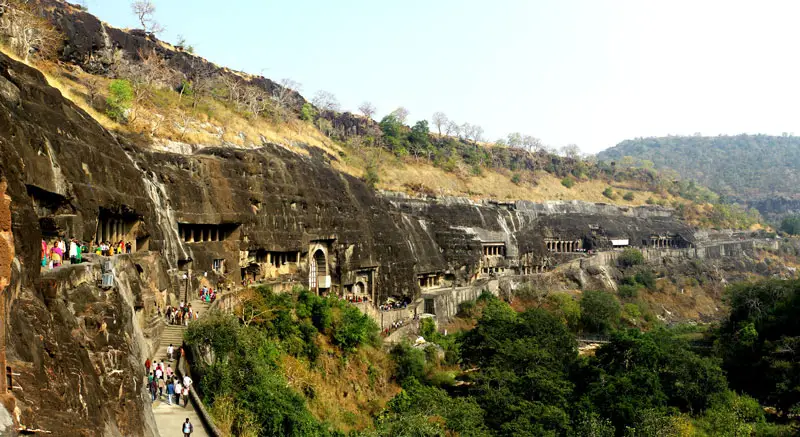The Ajanta caves are a work of perfection and creativity that can leave us all astonished and let us wonder about the early Indian Civilization. It is a marvelous creation of the Art and Architecture of Ancient India. These caves are famous for incredible sculptures, frescoes, and murals that illustrate the teachings and life of Buddha. Buddhist Monks used these caves for meditation and as a place for worship. It is located in the Aurangabad district of Maharashtra, India. The Indian Government declared the Ajanta Caves a protected monument in 1955. UNESCO declared Ajanta Caves a World Heritage in 1983. The sculptures and paintings at Ajanta are very magnificent and remarkable. It has impressively depicted Buddha in various postures and poses along with stories from the Jataka tales.
The History and Beliefs of Ajanta Cave
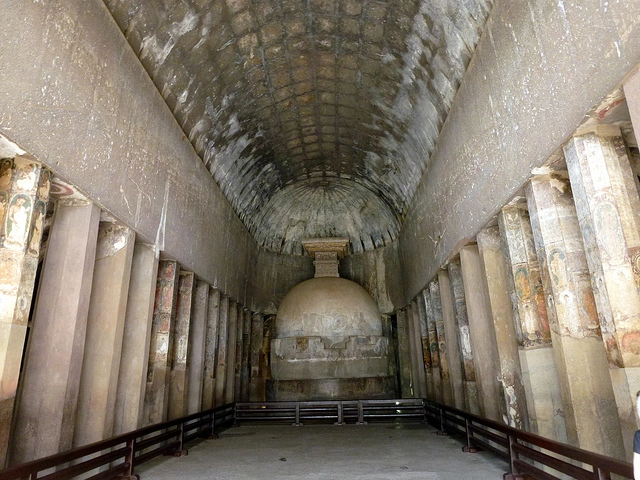
The Ajanta Cave is a group of 30 rock-cut Buddhist cave temples. According to some historians, there were two phases of Ajanta’s establishment. The first phase of the establishment of Ajanta Caves occurred between the 2nd century BCE and the 1st century CE. The first phase of the Ajanta Caves’ construction began under the rule of the Satavahane dynasty. The second phase was between the 5th and 6th centuries CE and it goes back to the reign of the Vakataka dynasty.
In the first phase of Ajanta Cave people followed Hinayana or Theravadin Buddhism. Hinayana Buddhism did not believe in making a statue of Lord Buddha for worship. Instead, they worshiped symbols and objects such as stupas and wheels. The caves built in this era are simple and severe. The time had a thinly distributed mural painting on the ceiling with an apsidal end. The horseshoe-shaped window known as a chaitya window graced the facade of these caves.

The second phase of Ajanta Caves followed Mahayana Buddhism. Buddha was shown as a person through his figures and worshipped as a god. Mahanaya Buddhism also believes in Bodhisattvas, or those on the path to enlightenment, who will help all mankind gain salvation. Vajrapani, the Bearer of the Thunderbolt, and Padmapani, the Bearer of Lotus are classic examples of the Bodhisattva that are represented in the Mahanaya form. The paintings of this duration mainly contain the stories of Buddha’s previous lives.
Architectural Structure of Ajanta Caves
The Ajanta Caves’ architectural style is a blend of Hindu and Buddhist traditions. It brilliantly exhibits the growth of Buddhist art in Indian architecture. Ajanta hills include 30 caves constructed on a cliff. The five caves serve as prayer rooms known as Chaintya-gracias. The remaining 25 caves are Viharas, which are monasteries. The primary entrance to the horseshoe-shaped caverns is on the east side.
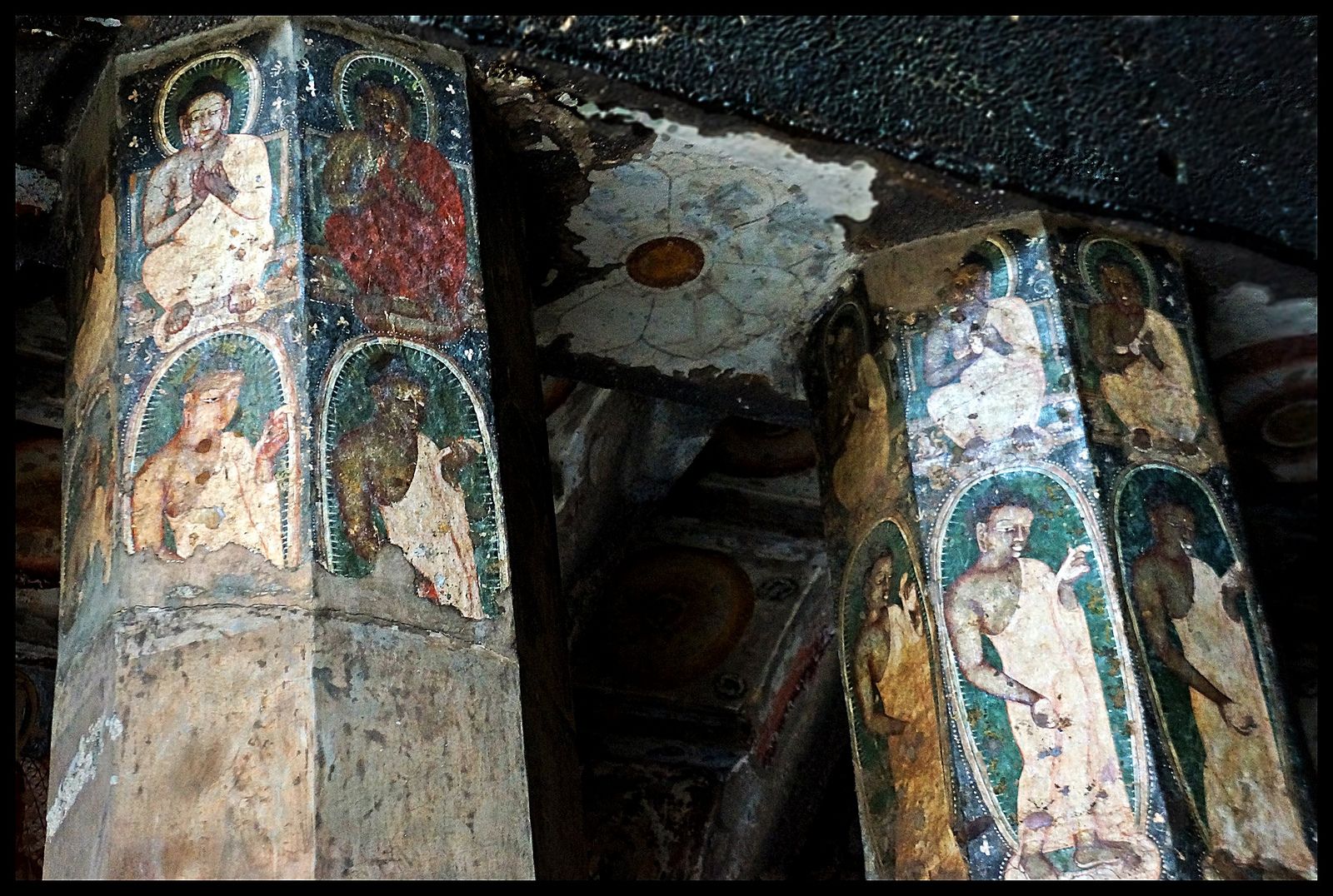
The magnificent murals that decorate the caves depict the Buddha’s life and his teachings. The paintings are created using the fresco-secco technique, which involves painting on a surface that is already dry. The vibrant colors and exquisite detailing of the paintings define them. The caves are not only significant from an architectural perspective, but also from a religious and cultural standpoint.
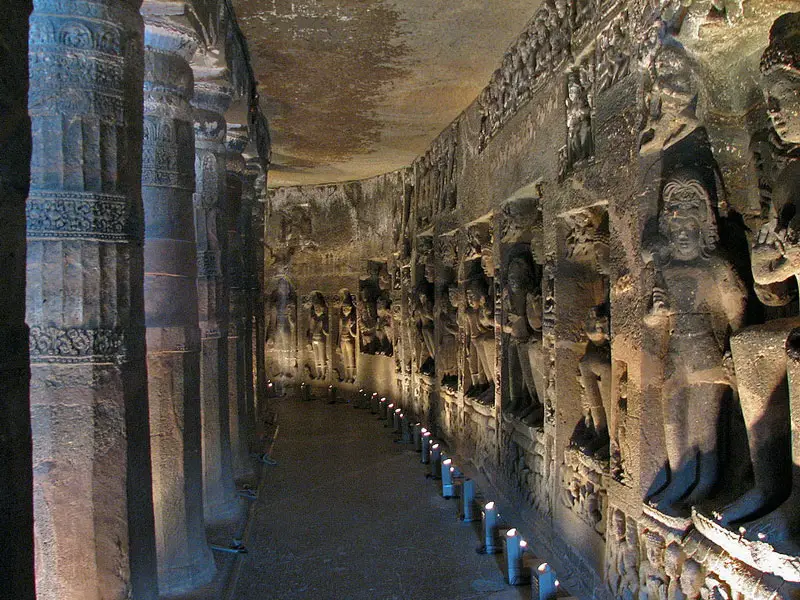
Every Ajanta cave is different and unique. It is a great example of ancient Buddhist rock-cut architecture. The artistic traditions of Ajanta present an important and rare specimen of art, architecture, painting, and the socio-cultural, religious, and political history of modern life in India. The growth of Buddhism as represented via architecture, sculptures, and paintings is unique and attests to the prominence of Ajanta as a significant focus of such activities.
Preservation of Ajanta Caves
Preserving these ancient treasures is of utmost importance to ensure that future generations can appreciate and learn from their cultural and historical significance. People have slowly started to recognize the true values of the Ajanta caves, keeping in mind to perform some conservative measures to preserve its natural beauty. Many conservation and restoration programs help to protect and preserve the Ajanta Caves. It is especially under the care of the Archaeological Survey of India.
One of the most significant threats to the Ajanta caves is water damage. Water seepage through the rock can cause damage to the murals and sculptures. To mitigate this threat, conservationists have implemented several measures. One of these measures involves building a protective wall around the caves to prevent flooding. Experts have also constructed a drainage system to drain water away from the caves. These measures have been successful in preventing water damage to the Ajanta caves.
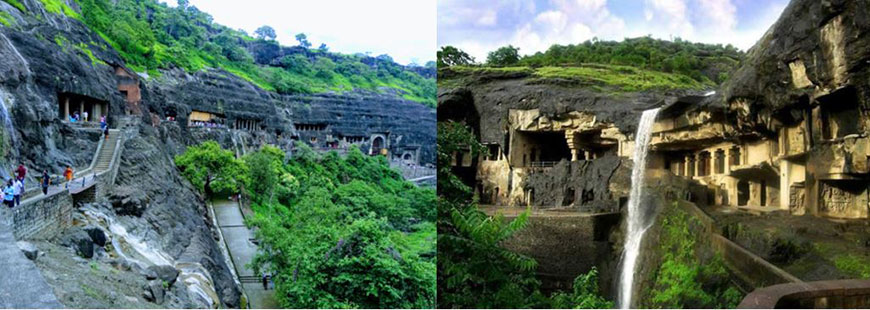
Some of the biggest challenges faced by the Ajanta Caves is the natural degradation of the rock surface. The caves suffer a lot from natural disasters and earthquakes. These natural calamities do significant damage to the rock-cut structure. Sunlight, wind, and rain are constantly hitting the caves throughout the year. This phenomenon causes erosion and fading of artworks. Over the years, the caves have suffered damage from erosion, water seepage, and neglect.
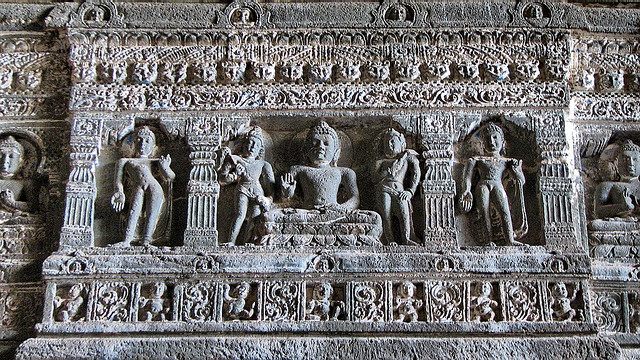
Another important aspect of preserving the Ajanta caves is ongoing conservation efforts. These efforts involve regular cleaning, restoration, and repair of the murals and sculptures. This work is carried out by experts trained in the techniques used by ancient Indian artisans. It is essential to maintain the original materials and techniques used in creating the caves, as these are integral to their historical and cultural significance.
Some Facts about the Ajanta Caves
The Ajanta Caves were abandoned, and over the ages therefore vegetation and silt gradually covered them during the 7th century. It was in 1819, when John smith, who was a British officer belonging to the 28th Cavalry accidentally chance upon the horseshoe-shaped rock while hunting a tiger around the Deccan Plateau region. The entrance to the cave-like structures intrigued the British official enough to make them cross the Waghora River in the vicinity and reach the caves. Soon, archeological experts evacuated the sites and the news of the discovery of these caves spread like wildfire, making it an instant hit among European travelers.
It was in 1983 that UNESCO recognized the unique culture and historical significance of the Ajanta Caves and declared it a world heritage site. Ajanta Cave is a testament to the cultural and artistic tradition of India which has endured for years.
Several Buddhist monks spent a significant amount of time at the Ajanta Caves during the monsoon season. Monsoon forbids the monks from traveling during this particular period of the year. This was the time when the monks put their creativity and time to use and painted the walls of the cave.

Ajanta Caves is signified as one of the greatest achievements in ancient Buddhist rock-cut architecture. The artistic traditional architecture found in Ajanta is an important and rare specimen of art, painting, religion, and the socio-cultural history of Ancient India. Further, the epigraphic records found at Ajanta Caves provide good information about contemporary civilization. The preservation of the Ajanta Caves is important not only for maintaining our cultural legacy but also for boosting tourism and generating cash for the local economy. Every year, hundreds of visitors visit the caverns, contributing greatly to the region’s economy.

